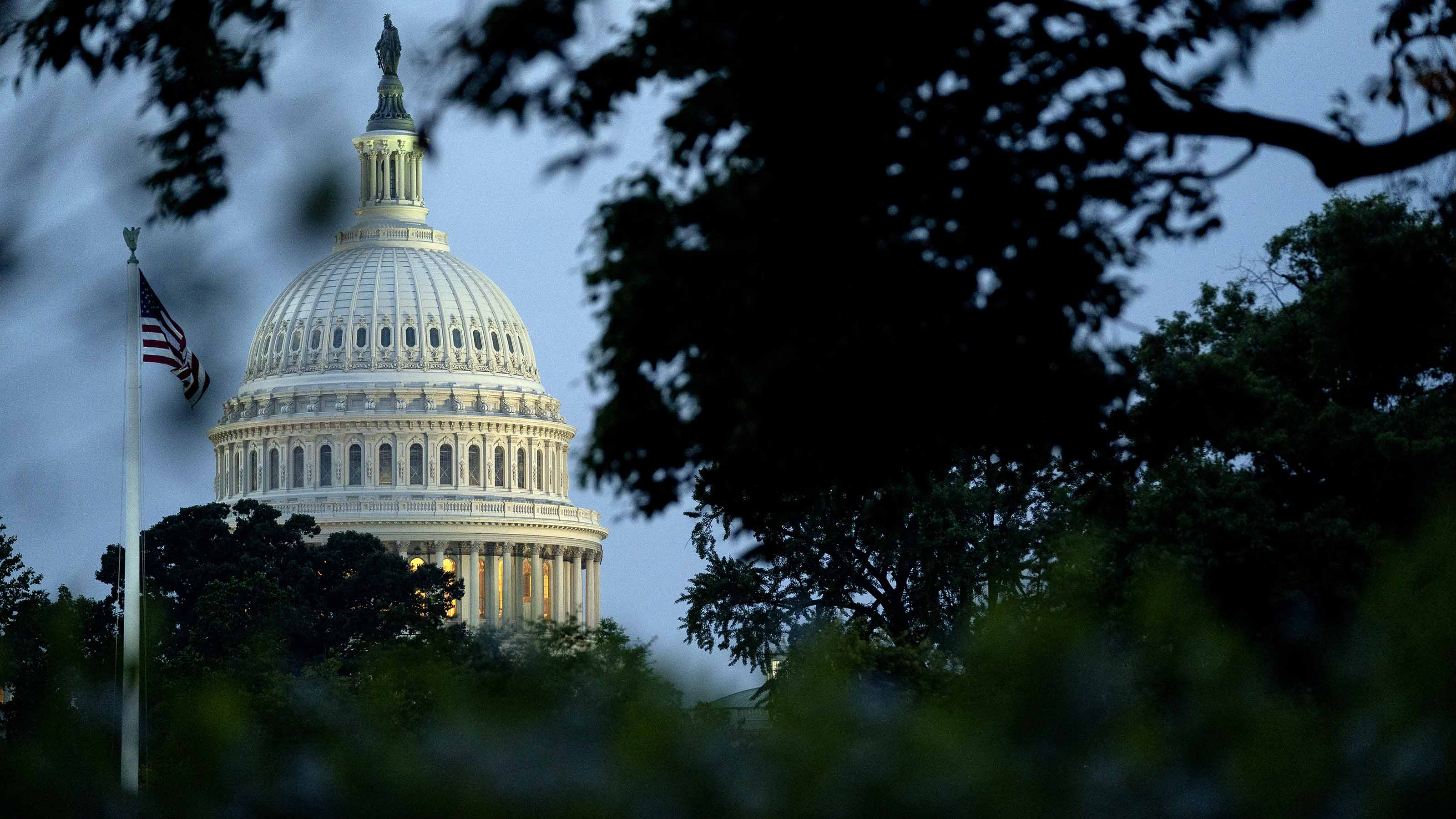Company Relocation Plans on the Rise
Many revenue starved cities are eager to pull out the stops, dangling tax breaks and a slew of other incentives to bring in new businesses and jobs.

Competition among cities trying to keep businesses or lure new ones is heating up as more and more companies look to relocate to pare their costs of doing business. An improving economy will spur moves as firms feel more confident about their futures.
Los Angeles, for example, recently implemented a three-year holiday on business taxes for companies that are new to the city. The tax holiday helps bump L.A. off a list of the top 10 most expensive cities to do business in, though it still falls within the top 20, according to the Kosmont-Rose Institute’s Cost of Doing Business Survey.
The Kosmont Companies and the Rose Institute of State and Local Government at Claremont-McKenna College in Claremont, Calif., survey over 400 cities annually based on tax rates that affect businesses. Property taxes and business license fees carry the most weight in the survey. Business license fees represent the average for each city. The survey also looks at sales taxes, various utility taxes, parking taxes, economic incentives, transportation options and zoning restrictions.
From just $107.88 $24.99 for Kiplinger Personal Finance
Be a smarter, better informed investor.

Sign up for Kiplinger’s Free Newsletters
Profit and prosper with the best of expert advice on investing, taxes, retirement, personal finance and more - straight to your e-mail.
Profit and prosper with the best of expert advice - straight to your e-mail.
See Kiplinger's slide shows of:
•10 High-Tax Cities for Business
•10 Low-Tax Cities for Business
To order the full report or excerpts, visit the Kosmont-Rose website.
The push by cities to keep and lure companies is nothing new, of course. But as Larry Kosmont, president and CEO of Kosmont Companies, says: “Cities are really struggling right now…they have become much more in tune with economic development and trying to find a way to attract investment and jobs."
Setting up technology research centers is proving to be another effective way for many cities to lure large firms as well as to attract life services, information technology and other entrepreneurs who can go on to build lucrative businesses that in turn spawn other enterprises.
New York City, for example, recently subsidized the building of the Alexandria Center for Life Science at East River Science Park -- a biotechnology research facility located along the East River. Eli Lilly and Co., a pharmaceutical company with headquarters in Indianapolis became the anchor tenant, signing a 15-year lease to use the space to conduct cancer research.
Many states and cities are also doing a good job of persuading companies to stay. Navistar International Corp., for example, was in talks to move its headquarters from Illinois to any number of states where operational costs would be less expensive. The state put together a $65-million incentive package to keep Navistar from leaving, saving nearly 3,000 jobs.
Economic incentives aren’t the only draws. Companies also seek an educated workforce and good schools as well as cultural and other amenities. “They don’t want to be in a sterile environment,” says Jay Biggins, a partner at Biggins Lacy Shapiro & Co., a business location consulting firm.
And while incentives and amenities are important, companies looking for a specific skill set in its workforce may often have to be willing to do business in a more expensive city.
“There are a lot of ways to cut a deal, but in the end the company has to be where it wants to be. If you are in a place where the talent you need doesn’t exist or would be difficult to import it to, the low cost of doing business would be almost irrelevant,” says Rob DeRocker, a Tarrytown, N.Y.-based economic development consultant.
Profit and prosper with the best of Kiplinger's advice on investing, taxes, retirement, personal finance and much more. Delivered daily. Enter your email in the box and click Sign Me Up.

-
 Four Spa Retreats for Well-Heeled Retirees
Four Spa Retreats for Well-Heeled RetireesWe hand-picked these U.S. spa retreats for their serenity, amenities and dedication to the comfort of older travelers. All are located in the Continental U.S.
-
 Four Military Benefits That Have Helped My Family
Four Military Benefits That Have Helped My FamilyMilitary life can be challenging for servicemembers and their families, but they're offered some significant financial benefits to help cushion the blow.
-
 Will AI Videos Disrupt Social Media?
Will AI Videos Disrupt Social Media?The Kiplinger Letter With the introduction of OpenAI’s new AI social media app, Sora, the internet is about to be flooded with startling AI-generated videos.
-
 What Services Are Open During the Government Shutdown?
What Services Are Open During the Government Shutdown?The Kiplinger Letter As the shutdown drags on, many basic federal services will increasingly be affected.
-
 The Economy on a Knife's Edge
The Economy on a Knife's EdgeThe Letter GDP is growing, but employers have all but stopped hiring as they watch how the trade war plays out.
-
 Banks Are Sounding the Alarm About Stablecoins
Banks Are Sounding the Alarm About StablecoinsThe Kiplinger Letter The banking industry says stablecoins could have a negative impact on lending.
-
 Apple Readies for AI Upgrade with New iPhones
Apple Readies for AI Upgrade with New iPhonesThe Kiplinger Letter The tech giant has stumbled when it comes to artificial intelligence, but a new batch of iPhones will help it make headway.
-
 Japan Enters a New Era of Risk and Reform
Japan Enters a New Era of Risk and ReformThe Kiplinger Letter Japan has entered a pivotal moment in its economic history, undertaking ambitious policy and structural reforms to escape from decades of stagnation.
-
 How Consumers Are Tinkering with Cutting-Edge AI
How Consumers Are Tinkering with Cutting-Edge AIThe Kiplinger Letter Companies launching artificial intelligence tools are jostling for consumer attention. Some products are already building a deep connection with users.
-
 After Years of Stagnant Growth, Hope Emerges for EU Economy
After Years of Stagnant Growth, Hope Emerges for EU EconomyThe Kiplinger Letter Can a German fiscal push outweigh French political peril?